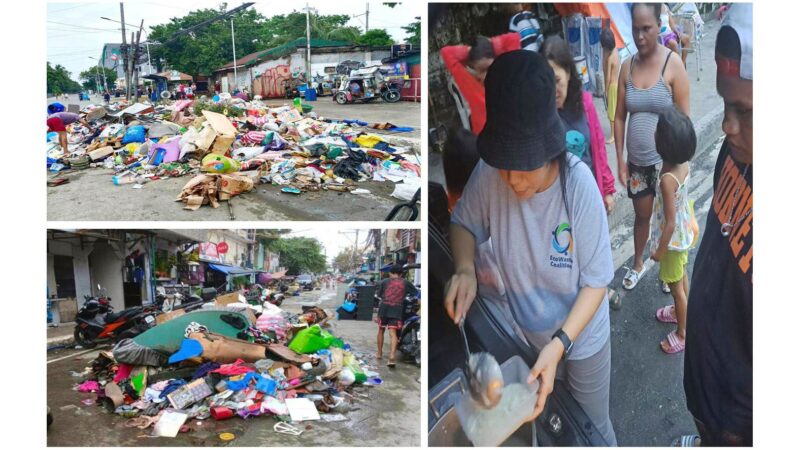Lunar New Year: ASEAN oxen symbolizing strength, fragility in biodiversity
By Dr. Theresa Mundita S. Lim-ACB
AGUNA, Feb. 11 — The Lunar New Year is widely celebrated in the ASEAN region, particularly in member states where the event is declared a national holiday. With optimism and renewed hope for healing and recovery, the ASEAN Centre for Biodiversity (ACB) joins the ASEAN Member States (AMS) in celebrating the start of the Lunar Year of the Ox.
Today, we also take the opportunity to highlight the crucial role of the wild large-horned mammals belonging to the family of bovine species across the ASEAN region. While their contribution to the people’s nutrition and livelihood are invaluable, the presence of these herbivores contributes to the health and productivity of ecosystems. Apart from adding balance to the food chain as prey for predators, wild ox or wild cattle species help disperse seeds and cycle nutrients in the soil.
At this time, we couldn’t help but think of the forest-dwelling kouprey, or grey ox (Bos sauveli) of Cambodia, which is a critically endangered and possibly extinct species. This species remains a mystery as no sightings have been reported since the 1980s.
Other bovine species in the ASEAN need not suffer the same fate as the kouprey. Wild ox species can still be saved from extinction by implementing species conservation programmes and conservation and protection of the species’ natural habitats. Among these notable endangered species are saola (Pseudoryx nghetinhensis) of Viet Nam and Lao PDR; dwarf buffalo species, anoa (Bubalus depressicornis and B. quarlesi), of the Sulawesi and Buton islands of Indonesia; tamaraw (Bubalus mindorensis), another dwarf buffalo species endemic to the island of Mindoro, Philippines; and banteng (Bos javanicus), which is found across Cambodia, Indonesia, Malaysia (Sabah), Myanmar, Thailand, and Viet Nam. The largest cattle species in the world, the gaur (Bos gaurus) is also found in South and Southeast Asia. However, its population has declined in recent years.
Some of the ASEAN Heritage Parks are home to these wild cattles. For instance, Mounts Iglit-Baco National Park in the Philippines serves as a refuge for the iconic tamaraws. Gaurs can be seen in Taman Negara National Park in Malaysia and Kaeng Krachan Forest Complex in Thailand. Vu Quang National Park in Vietnam is home to saolas. Kaeng Krachan Forest Complex, on the other hand, hosts a population of banteng.
The ACB and the AMS acknowledge the importance of well-managed protected and conserved areas as critical habitats for endangered species survival and have been supporting the conservation of these species through initiatives under the ASEAN Heritage Parks Programme, which include assistance in the capacity development, patrolling and monitoring, taxonomy, and other work related to ensuring the protection of the region’s most representative wildlife and promoting the nexus between biodiversity and well-being.
This Year of the Ox, may we embrace the strength that the wild oxen of Southeast Asia symbolise in order to weather and recover from the adversities that we are facing. Let us be reminded that part of this strength is drawn from our harmonious relationship with nature.
From the ASEAN Centre for Biodiversity, Gōng xǐ fā cái! Chúc Mừng Năm Mới! Happy Lunar New Year! (ACB)







